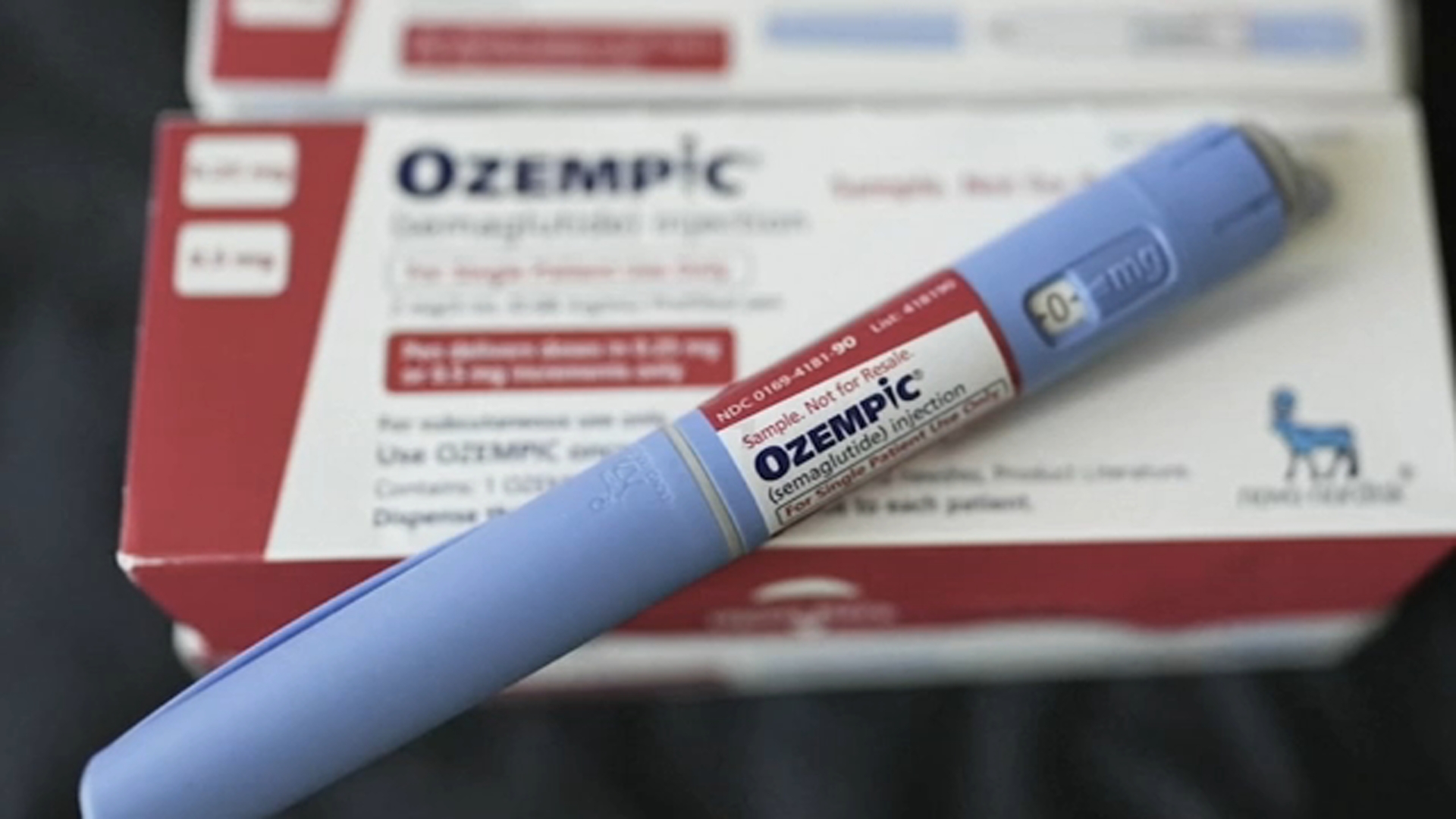Looking for love? Be wary of $201 million lost in online dating scams

Valentine's Day is just around the corner, and if you're looking for love, you need to watch out.
According to the Federal Trade Commission (FTC) in 2019, consumers reported losing $201 million to romance scams - a higher total than for any other type of scam reported. That's up from $143 million in 2018, when the median reported loss was $2,600, and, for people over 70, it was $10,000.
If you're on online dating or social media sites looking for that special someone, you need to be on guard.
The Better Business Bureau of Eastern North Carolina breaks down how a romance scam works:
Most romance scams start with fake profiles on online dating sites created by stealing photos and text from real accounts or elsewhere. Scammers often claim to be in the military or working overseas to explain why they can't meet you in person. Over a short period of time, the scammer builds a fake relationship with you, exchanging photos and romantic messages, even talking on the phone or through a webcam.
Just when the relationship seems to be getting serious, they give you a hard-luck story.
Kayla Gilbert with the BBB adds, "If they tell you that you know someone in their family just developed a serious illness or there was a tragic event and they need you to send money that is a red flag."
Here are the Troubleshooter Takeaways to make sure you're not caught up in a romance scam.
Never send money to anyone, especially if they ask you to wire money or read them the numbers off the back of gift cards.
If they send you a check and want you to cash it and send the money back, that is also a big red flag. When they send you pictures, do a reverse image search to see if their pictures go with several profiles as that is a big red flag. You can do a reverse image lookup using a website like tineye.com or images.google.com to see if the photos on a profile are stolen from somewhere else. You can also search online for a profile name, email, or phone number to see what adds up and what doesn't.
Editor's note: A previous version of this story only contained numbers from 2018. On Feb. 12, the Federal Trade Commission released numbers for 2019, and values in this story have been updated to reflect the most recent data.











